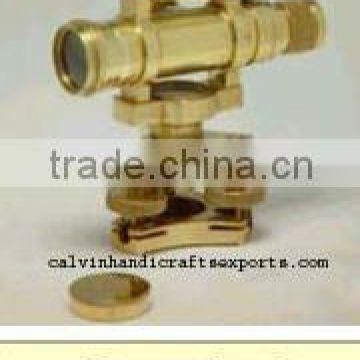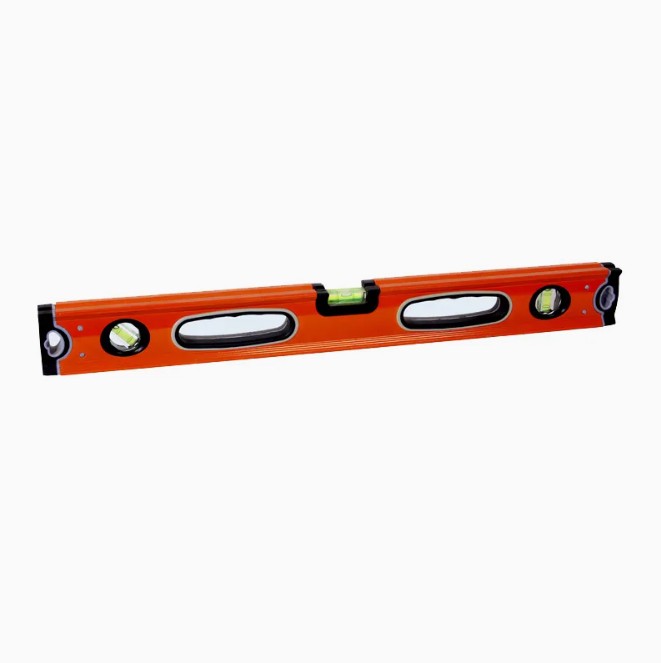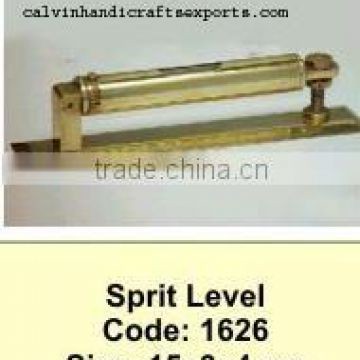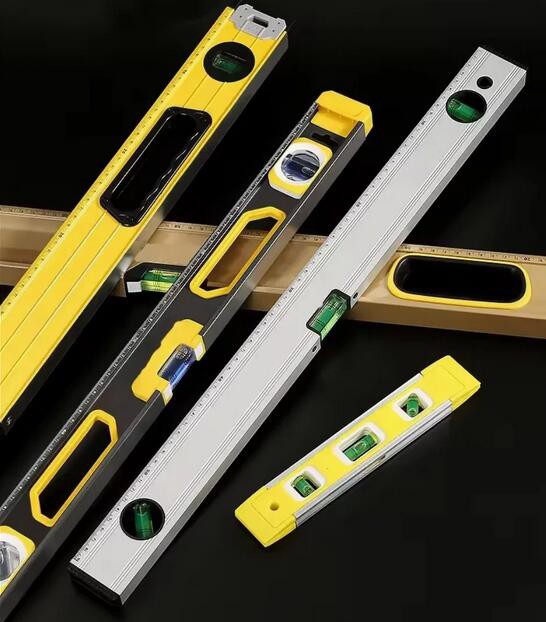Welcome!



Small gradienter liquid level bubble tube level gradiometer
Basic Info
| Accuracy | A | Customized | Customized | DOT Number | 2 |
|---|---|---|---|---|---|
| Material | Plastic | Measure Method | Manual | Measurement Object | Flatness |
| Model NO. | FX-S07 | Origin | China | Precision | 0.01mm |
| Precision Measuring Device | Not Precision Measuring Device | Production Capacity | 100000000 | Range | 50~75mm |
| Resolution | 0.01mm | Specification | 10*4.5*2cm | Transport Package | Thermal Contraction+Carton or Double Blister |
| Type | Magnetic Level | ||||
Product Description
A gradienter, also known as an inclinometer or level sensor, is a device used to measure the angle of slope or tilt relative to gravity. While advanced digital gradienters are widely used in engineering, construction, and geology, a simple gradienter offers an accessible and cost-effective solution for basic angle measurement tasks. This article introduces the concept, design, and applications of a DIY-friendly gradienter.

Working Principle
Most simple gradienters rely on gravity-based sensing. A common approach involves using a microelectromechanical systems (MEMS) accelerometer, a sensor that measures acceleration forces including gravity. When placed on a surface, the accelerometer detects the gravitational components along its axes. By analyzing these components (e.g., using trigonometric functions like arctangent), the tilt angle can be calculated and displayed.
Key Components
1. Sensor Module: A low-cost MEMS accelerometer (e.g., MPU6050 or ADXL345) serves as the core component.
2. Microcontroller: A basic board like Arduino or Raspberry Pi Pico processes sensor data.
3. Display: A simple LCD screen, LED indicators, or even a smartphone app (via Bluetooth/UART) shows the angle.
4. Power Source: A small battery or USB connection provides power.
5. Physical Housing: A 3D-printed or wooden frame ensures stability during measurements.

Applications
DIY Projects: Ali
gning shelves, checking bicycle handlebar angles, or leveling garden paths.
Education: Demonstrate physics principles like gravity and trigonometry.
Fieldwork: Rough slope assessments in hiking, farming, or landscaping.
Prototyping: Test tilt-sensitive mechanisms in robotics or IoT devices.
Advantages
Low Cost: Components typically cost under $20.
Customizability: Users can modify code (e.g., Arduino sketches) to add features like data logging.
Portability: Compact size allows easy transport.
Learning Value: It is great for understanding sensors, coding, and practical geometry.
About Us
Guangzhou Chuzheng Technology Co., Ltd. was established in October 2015. It integrates software & hardware development\production and sales. It is committed to air detection electronic solutions, sensors, motion controllers, motor controllers, and energy storage power supplies. We always pay attention to the new trends in the industry, and we have established a domestic industry position by researching and developing continuously. Through years of practical experience, we understand that technological innovation is the best weapon for enterprise to break through bottlenecks. We require perfection for products, customers and services!
With our strong R&D ability, excellent production system and dedicated customer service, we have developed carbon dioxide detectors, P. M 2.5 detectors, multi-functional air quality monitors, alcohol testers, and finger oximeter solutions which are used by customers in 50+ countries around the world. We will continue to innovate and optimize more products to meet market demands.
We have set up factories in Maoming, Guangzhou in China with a total production workshop area of 3, 000 square meters. The annual output reaches 5 million units. OEM and ODM orders both are welcome to discuss with us. Our products all can pass CE, RoHS, FCC, PSE and so on. We always adhere to the principle of honesty, pragmatism, mutual benefit and win-win. In the future where opportunities and challenges coexist, we will provide customers with better high quality products and services.
Recommended Products
Recently Viewed
Contact Us
Guangzhou Chuzheng Technology Co., Ltd.












